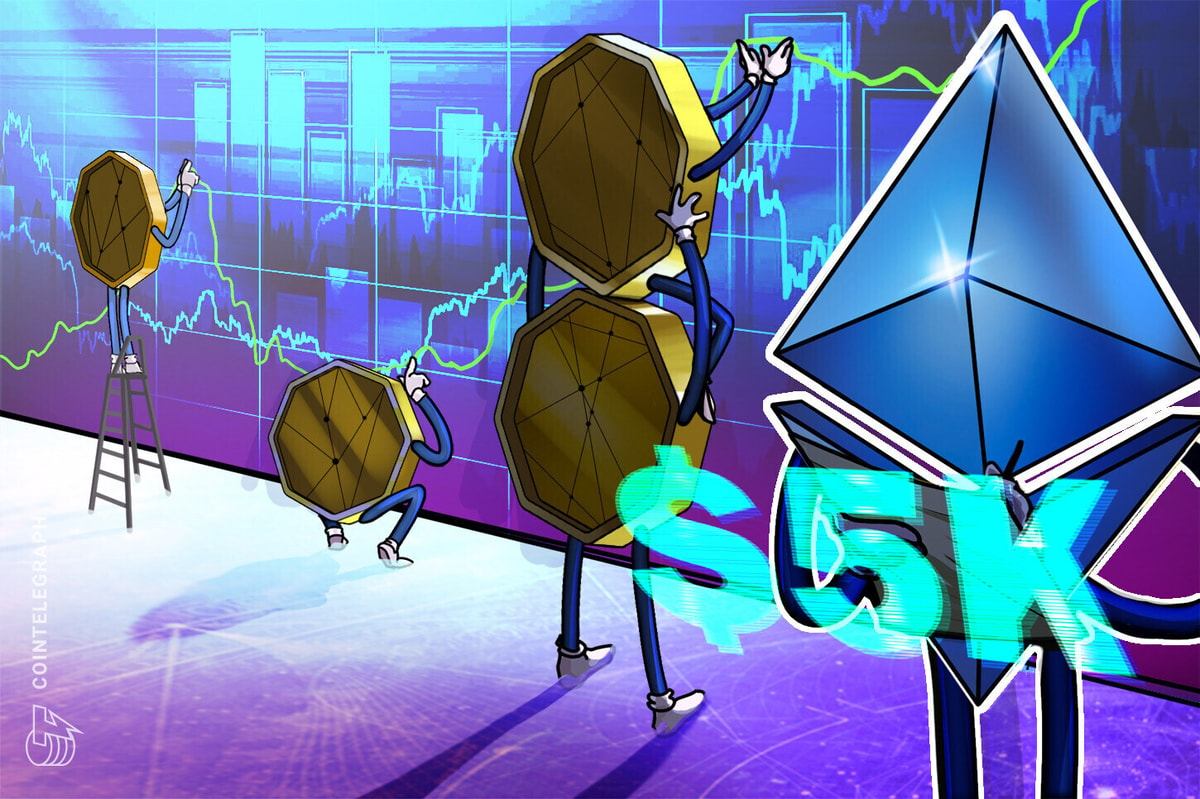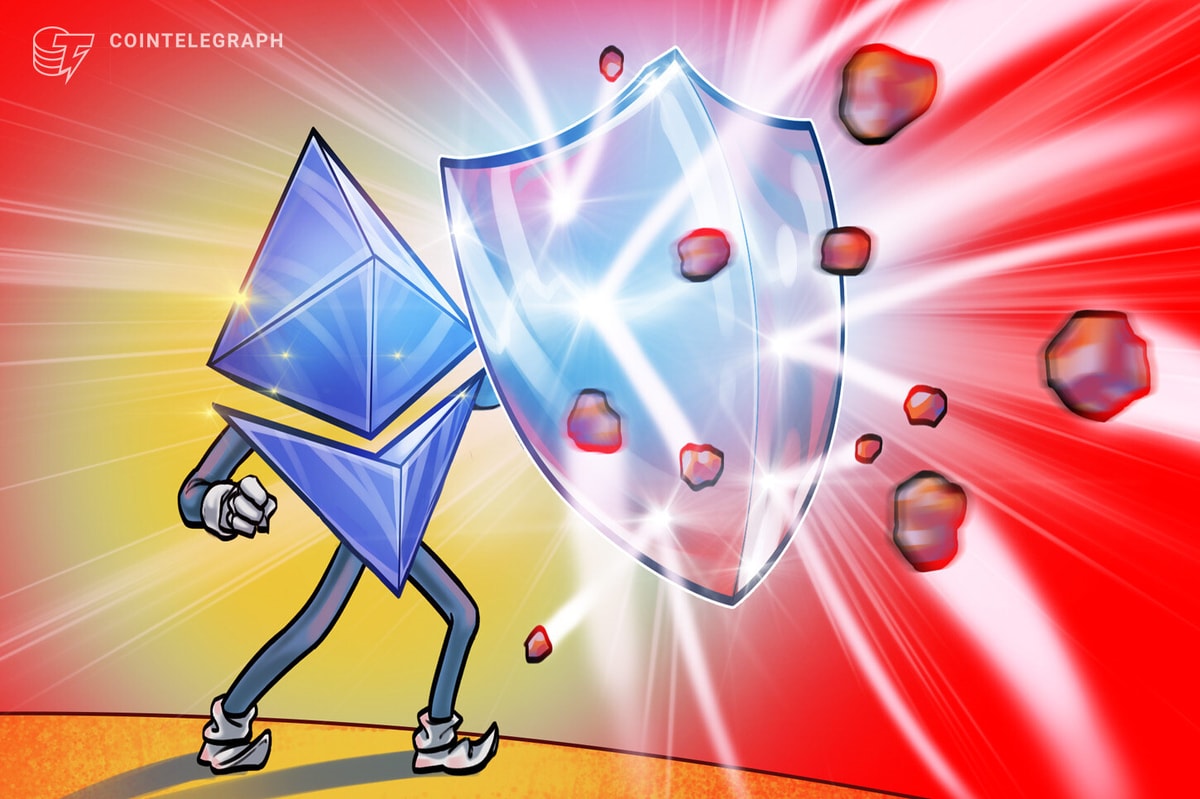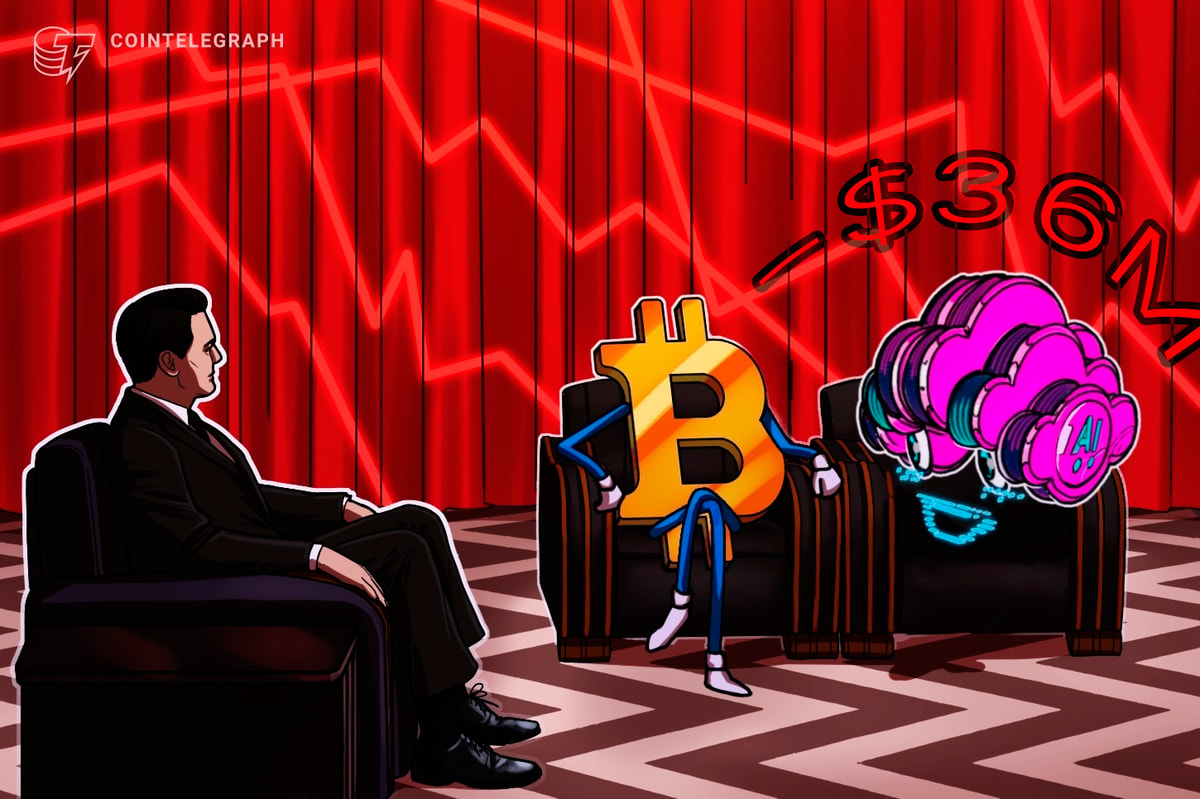Ethereum needs to reignite the “cypherpunk” revolution that was first envisioned for the blockchain in its early days, says Vitalik Buterin, one of the network’s founders.
According to a Dec. 28 blog post from Buterin, Ethereum was initially envisioned as a “public decentralized shared hard drive” that could leverage peer-to-peer messaging and decentralized file storage, but the vision began to fade in 2017 with the turn toward financialization on Ethereum.
Make Ethereum cypherpunk againhttps://t.co/qEiOcZLEeg
— vitalik.eth (@VitalikButerin) December 28, 2023
Decentralization, open participation, censorship resistance and credible neutrality are among the “cypherpunk” values Buterin wants to see firmly return to Ethereum’s future, and he remains hopeful that non-financial applications can flourish on the blockchain.
He highlighted that rollups, zero-knowledge proofs, account abstraction and second-generation privacy solutions have become more mainstream, which could uphold some of these cypherpunk values.
Cypherpunk refers to a person who uses encryption to ensure privacy when accessing a computer network, especially from government authorities.
This is Ethereum
— sassal.eth/acc (@sassal0x) December 29, 2023
This is why we are here pic.twitter.com/onMU20q9w2
Participating in polls without revealing one’s privacy and implementing mechanisms such as quadratic voting and cross-tribal consensus finding to help organizations govern themselves are among the other cypherpunk-like activities that Buterin wants to see more of on Ethereum.
“The goal of the stack is to enable this pluralism, but that the same time strive for growing interoperability across this plurality.” https://t.co/ExE0ILc2Vl pic.twitter.com/2IXkHMf5b7
— dr3a.eth (@dr3a_eth) December 28, 2023
“It is very possible to build things within the crypto ecosystem that do not follow these values,” Buterin conceded, hinting at certain examples.
For example, building a highly centralized layer secured by multisignature with no plans to change or a nonfungible token ecosystem where the NFTs are stored on a centralized website instead of a decentralized file storage platform like IPFS.
“One could build a staking interface that needlessly funnels users toward the already-largest staking pool,” Buterin added:
“Resisting these pressures is hard, but if we do not do so, then we risk losing the unique value of the crypto ecosystem, and recreating a clone of the existing web2 ecosystem with extra inefficiencies and extra steps.”
That said, Buterin said he’s been impressed with solutions that have come about from some of the industry’s biggest problems.
Related: Vitalik Buterin warns against overloading Ethereum consensus layer
He noted that decentralized exchanges have provided a solution to hacks on centralized exchanges, while Cowswap, Flashbots Protect and MEV Blocker have helped limit the severity of sandwich attacks on Ethereum users by maximum extractable value exploiters.

On Dec. 28, Buterin proposed to make the Ethereum proof-of-stake chain lighter and simpler by reducing the number of signatures that validators are required to make to keep the network running.
Magazine: 'Account abstraction’ supercharges Ethereum wallets: Dummies guide










